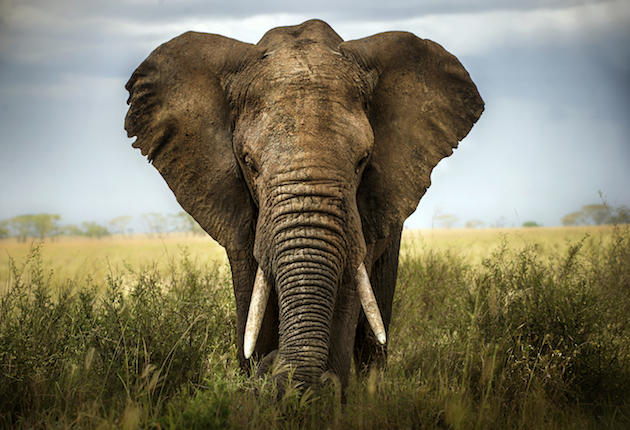A new study has shown that large wild animals could play an important role in restoring ecosystems as well as battling climate change.
Conservation efforts have often focused on either trees and carbon or the broad conservation appeal of large mammals. However, the new study, which was published in Current Biology, looked at how large animal wildlife could help in the fight against climate change.
In the study, the researchers highlighted three key eco-touchpoints where large animals such as elephants, rhinoceroses, giraffes, whales, bison, and moose had the greatest potential to mitigate climate change: carbon stocks, albedo (the ability of surfaces to reflect solar radiation (energy from the sun) and fire regimes.
The study also showed that when they graze, large herbivores disperse seeds, clear vegetation and fertilize the soil, which helps build more complex and more resilient ecosystems.
Read also: Bermuda: UK govt launches $200,000 climate change study
These activities, according to the researchers, can maintain and increase carbon stocks in the soil, roots and above-ground parts of plants, helping to reduce CO2 in the atmosphere.
The study further showed that when large animals graze and trample vegetation they can change the habitat from dense shrubs and trees to open mixes of grass and shrubs or trees, which can also reveal snow-covered ground in polar regions.
“These open habitats tend to be paler (with higher albedo) and reflect more solar radiation into the atmosphere, cooling the Earth’s surface, rather than absorbing it and warming the Earth’s surface,” the study revealed.
When wildfires burn, for instance, the carbon stored in trees and vegetation is released into the atmosphere as greenhouse gases. But Elephants, rhinoceroses, zebras and other large grazing animals can lessen wildfire risk by browsing on woody vegetation that could otherwise fuel the fires, trampling paths and making other gaps in vegetation that act as firebreaks.
The study which was commissioned by wildlife charity Tusk, also looked at how protecting and restoring large animal wildlife could support climate change efforts and found several animal-climate interaction points that could provide ‘win-win’ opportunities.
It found that In temperate, tropical and subtropical grassland ecosystems, large animals can reduce forest and bush fires, increase albedo and help retain carbon in the vegetation and the soil. Protecting large animal wildlife and their role in these complex ecosystems supports local biodiversity and ecological resilience.
Story was adapted from Phys.Org.
